This article examines the introduction of new procurement pipelines, which are due to incorporate more than 90% of all government procurement spending. Learn why it matters and how your public sector sales, BD and marketing teams can plan ahead before the pipelines are released.
Looking to build your own pipeline of public sector opportunities? Read our new how-to guide!
Background
When we wrote our summary of the government's Green Paper on procurement reform in January 2021, it included a distinct 'change is coming' warning. And if the recent slew of proposed amendments are anything to go by, this needs an update.
Lots of significant change is coming, fast.
The Cabinet Office has already released half a dozen Procurement Policy Notes (or PPNs) in 2021, many of which relate to the proposed Procurement Bill and the themes referred to in the Green Paper.
These notes matter because they set out how procurement should be carried out in the public sector, and as a result, how suppliers need to adapt to keep winning business.
In the latest PPN there was some notable recaps on 'national priority outcomes' and social value, but one thing in particular jumped out to us: procurement pipelines.
What are procurement pipelines?
Put simply, they're a list of upcoming projects that the government are planning to procure goods, services or works for.
They would typically include a mixture of recurring, or re-tendered services, as well as a number of one-off projects and new initiatives.
What changes are coming to pipelines?
The PPN states that contracting authorities with annual spend of £200m or more will be required to publish procurement pipelines by April 2022, and those with more than £100m of annual spend will need to follow suit by April 2023.
The exact format is not discussed in the note, but a current example - the National Infrastructure and Construction Procurement Pipeline, published by the Infrastructure and Projects Authority - is simply a spreadsheet listing the projects.
How many pipelines are there likely to be and what will they be worth?
We've carried out some in-depth analysis using data from the Tussell platform. We looked at procurement spending by contracting authorities to discover the number of pipelines that are expected and what they could be worth.
All figures are based on published spend data for calendar year 2020.
Key findings
- By 2023, more than £150bn of annual procurement spend is estimated to be covered by the proposed pipelines, making up 92% of the total
- Almost 250 contracting authorities will be required to publish, although the majority (68%) will not be caught by the new rules
- Local Government will be most impacted, with over 130 contracting authorities needing to publish a pipeline
Number of contracting authorities impacted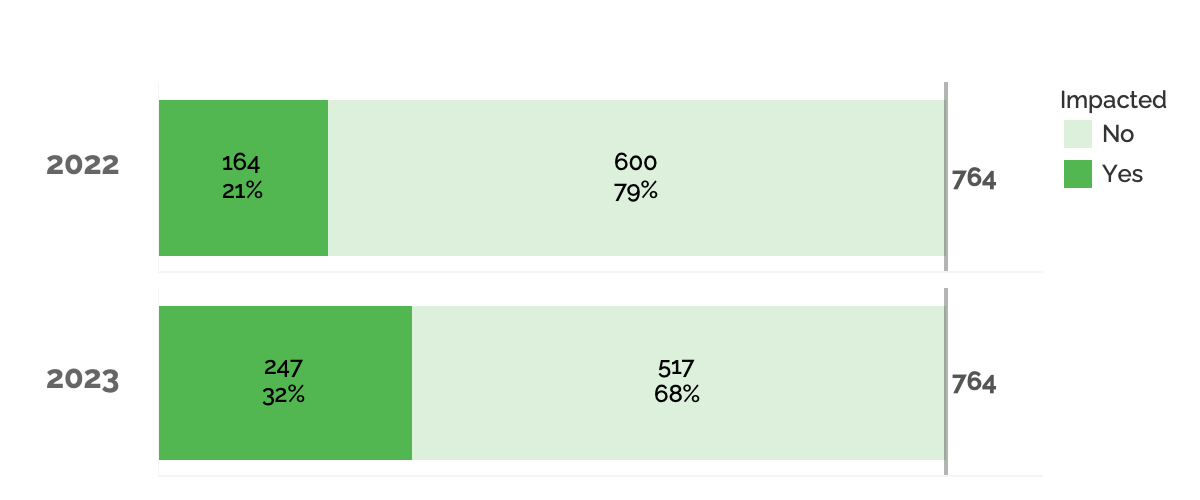
Spend impacted by the new pipelines
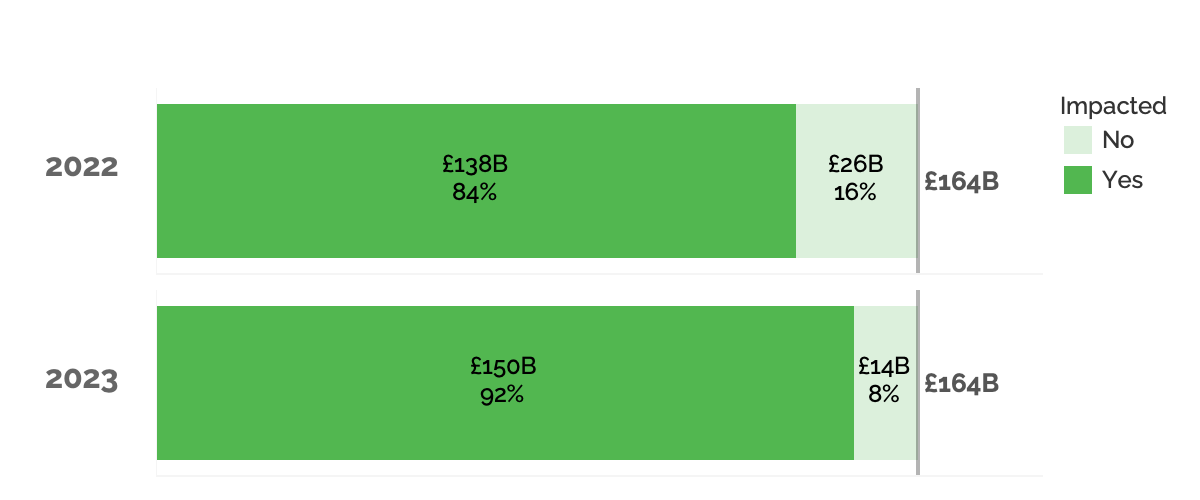
Spend per authority and date pipeline will be required
%20-png.png)
Number of authorities impacted by area of government
-png-1.png)
How to build your account and sales plans without procurement pipelines
Official pipeline documents are just one source of information you can use to start building your opportunity pipelines.
Learn about how to build out your own procurement opportunity pipeline - both through publicly available sources, and via Tussell - read our recent guide.
In conclusion
We welcome the announcement regarding procurement pipelines. As with all forms of open data, it has the potential to make UK procurement more transparent, fair and competitive.
However, it's difficult to know exactly how valuable they will be at this stage. The type of data that's published, how compliant contracting authorities are at publishing them and how well they're integrated with other procurement data, will all be key factors in their eventual success or failure.
In the meantime, the most proactive companies are building their own, bespoke, future-ready pipelines, to give their sales and BD teams the best chance of success.
To stay up to date with the latest news on the public sector, including updates on procurement pipelines, sign up to our newsletter.




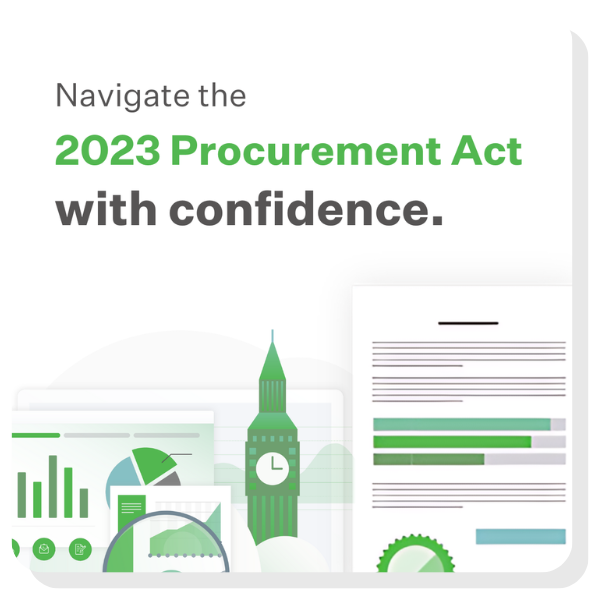
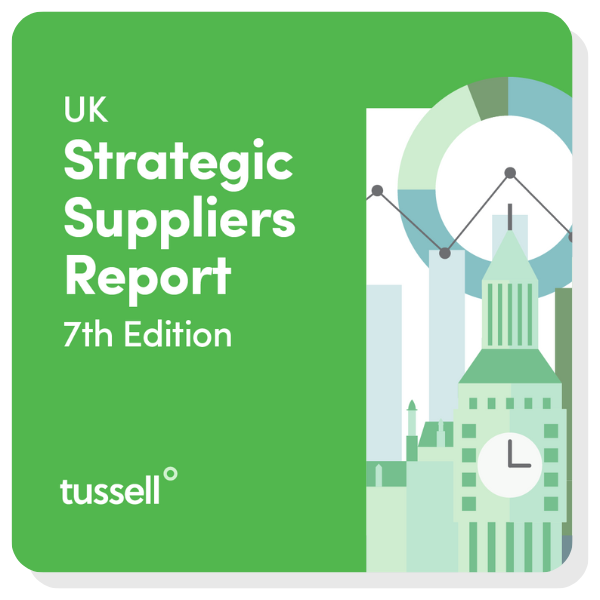



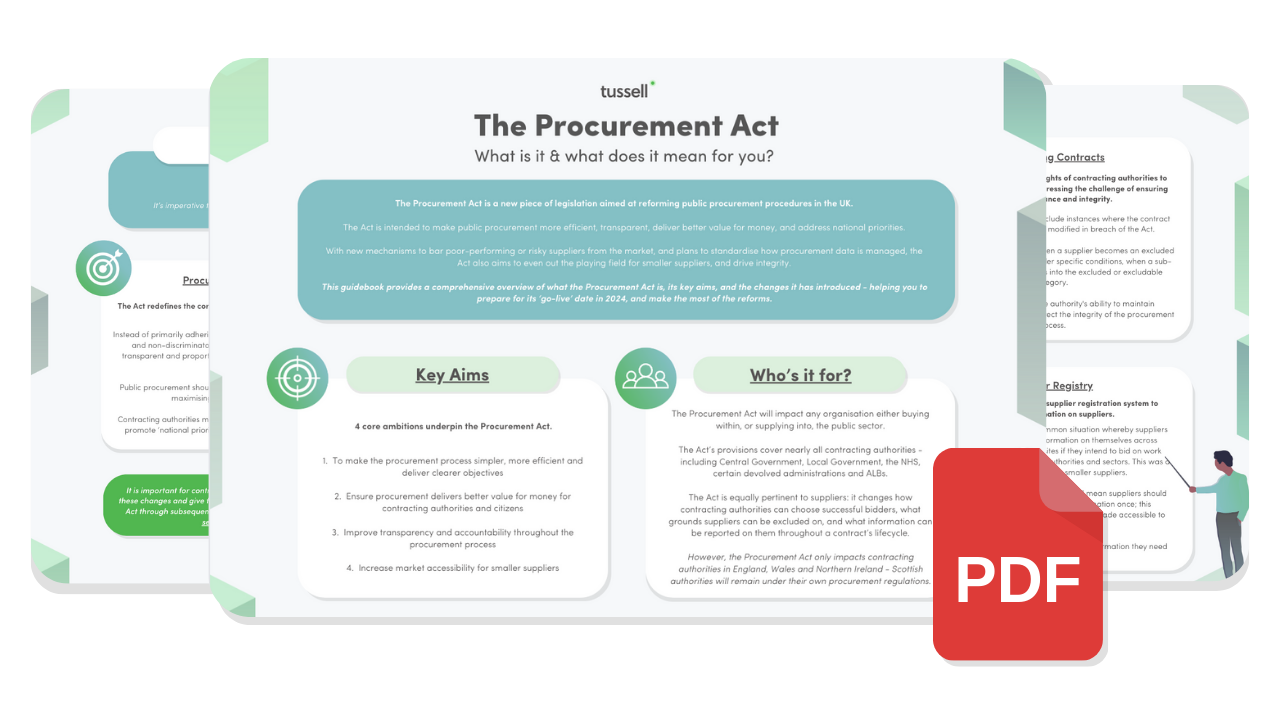

.png?width=424&name=Untitled%20design%20(51).png)